Partnerships: A Guide to Creative Collaboration
August 2, 2022
Partnerships
They are magical
They are impactful
They are tricky
They need to be treated delicately
I’ve learned some hard lessons about creative partnerships.
There are also some tough lessons that come from history.
One of the most inspiring creative partnerships of our time comes from Amos Tuversky and Nobel Prize Winner, Daniel Khaneman. These two men created the field of modern behavioral economics. They together took on the massive institutional belief in economics that people are rational.
Their collaborative work changed the world.
When they started out collaborating, they were the best of friends. Their wives almost seemed jealous.
By the end, their relationship fell apart.
It became hard to realize which ideas came from which person.
It seems our world likes to celebrate the individual and, in the case of Danny and Amos, academic Economists had the greatest respect for Amos.
Ironically, it’s Danny who is now the most remembered of the pair, as he was the one who won the 2002 Nobel Prize in Economic Sciences.
The Nobel Foundation praised Danny "for having integrated insights from psychological research into economic science, especially concerning human judgment and decision-making under uncertainty."
(I highly recommend the book by Michael Lewis, The Undoing Project.)
While the ending of Danny and Amos’ story is certainly complicated, the story of their friendship and collaboration is fascinating.
I always wonder whether there was anything Danny and Amos could have done differently to save their friendship?
My biggest advice
When starting a creative project with someone is to set aside intentional time towards establishing what “success” looks like to each of you.
What is the ideal result that you want out of the project?
What is the type of career you’re trying to build?
Are you the type of people comfortable with sharing the spotlight?
If so, how will it be shared?
Human beings are complex, and oftentimes creative partnerships begin because of a serendipitous idea shared between two people.
It’s easy to get swept up in the excitement and ‘go with the flow’ as the project transforms.
Yet expectations are everything, and if you want to ensure the collaboration will end as positively as it began, you have to map out each person’s expected role, responsibility, and outcome.
Twice I’ve had life-changing creative collaborations that, in the beginning, were incredible experiences.
Yet in each of these instances, either in the ‘messy middle’ of the project or in our project retrospective, it was clear that at some point our priorities were misaligned and the project ended in a less than an ideal manner.
Here are some of the things that can become misaligned in a creative collaboration:
a differing opinion of ‘what’s good enough’
an opposing vision for the project
one person takes over control and the other collaborator feels left behind
a differing opinion regarding the level of each person’s commitment
how to share the outcome with the world
how much total work should be dedicated to the project
how much each person’s voice should be reflected in the work
someone feeling slighted because they perceive to be doing more
someone feeling resentful because they feel their creative partner is getting all the glory
To help ensure you can start and end a creative project with your friendship intact, here are eight questions you should ask each other at the beginning of the project:
What is our vision for this project?
What does success look like?
If the ‘ideal’ outcome doesn’t happen, then what?
What role will each of us play?
What amount of each of our ‘voices’ should be featured in the final product?
How will we share the credit?
How will we approach communicating with each other throughout the project: how often do we want to check-in? How will we share our needs, our output, and if we become concerned at any point in the project?
What is our target deadline?
I inherently believe that two heads are better than one and have seen the power of collaboration.
However, to ensure you can build and maintain a relationship that will stand the test of time, don’t skip over the all so vital process of setting and managing each other’s expectations.
If you can get the project planning right, then hopefully both the project experience and outcome will be positive.


